Buy a Home made and Hygienic Tamarind Paste Pickle :
Tamarind paste, made from the pulp of the tamarind fruit, is an aromatic and flavorful addition to many dishes. Especially popular in the cuisines of South Asia, Southeast Asia, and Latin America, tamarind paste is used in a broad variety of dishes all over the globe. The brown, pod-like shell of the tamarind fruit is removed to expose a sticky brown pulp that is used to make tamarind paste. This pulp’s sweetness and acidity are well balanced, making it a very desirable and adaptable culinary ingredient. After the pulp has been strained to eliminate any remaining seeds, fibres, or other contaminants, the resultant paste is smooth and highly concentrated.
Tamarind paste has a flavour that is a unique combination of tart, sweet, and somewhat bitter. It tastes sour and acidic, with a hint of fruitiness. This distinct flavour enhances a broad variety of foods. Curry, soup, stew, and stir-fry are just some of the savoury recipes that benefit from tamarind paste’s robust flavour. It’s also used to great effect as a balancing flavour in many condiments, sauces, and marinades. Drinks, chutneys, jams, and sweets are just some of the many sweet uses for tamarind paste. Tamarind paste is prized for both its delicious flavour and its beneficial properties. It’s a nutritious food that provides a variety of essential nutrients. Tartaric acid, found in abundance in the paste, has been shown to have digestive and anti-inflammatory benefits.
Tamarind paste is very adaptable in the kitchen and may be used in place of fresh tamarind in almost any recipe calling for it. Its concentrated nature makes it an easy pantry staple for people who want to experiment with new and exciting flavours in their cuisine. As a result of the delicious tanginess and complexity it imparts to a broad variety of cuisines, tamarind paste is a much-loved ingredient. Because of its unique taste and adaptability, it is used in a wide variety of cuisines throughout the world.
Ingredients: Raw Tamarind, Sesame Oil Ground nut oil, and spices. It’s just the right amount of heat to go with rice or your favorite morning dish.
Keep this delicious pickle in tip-top shape by following these simple guidelines:
- Pickles should be kept in an airtight container made of earthenware or glass. It goes without saying that you’ll need a good stock of jars.
- Pickles should be kept in the fridge or another cold, dry area.
- When serving, dry utensils are required at all times.
- No artificial preservatives, tastes, or colours
- Must be stored in an airtight container
- Must be kept out of direct sunlight

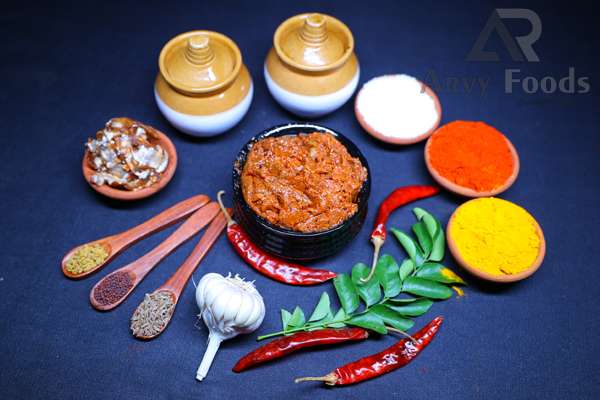
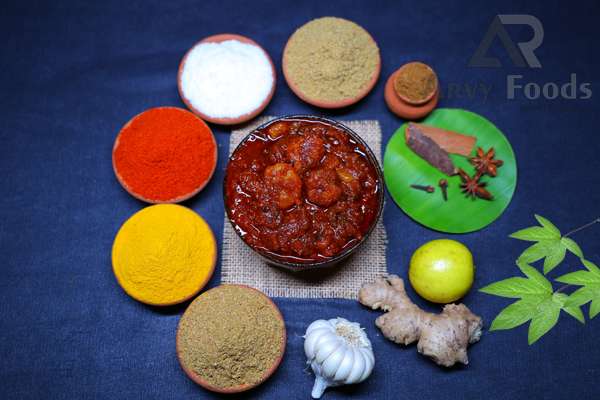
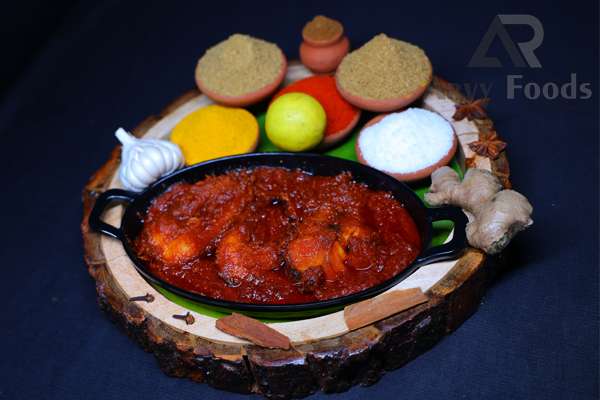

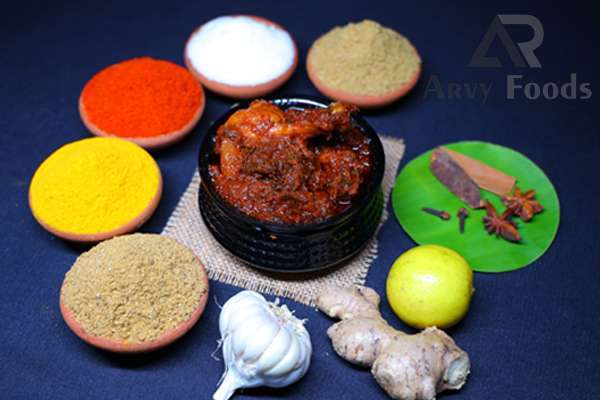
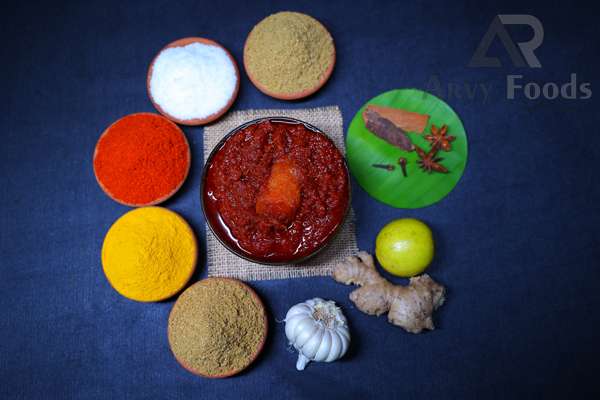



Reviews
There are no reviews yet.